Hichame Alaouié on collaborating with François Ozon
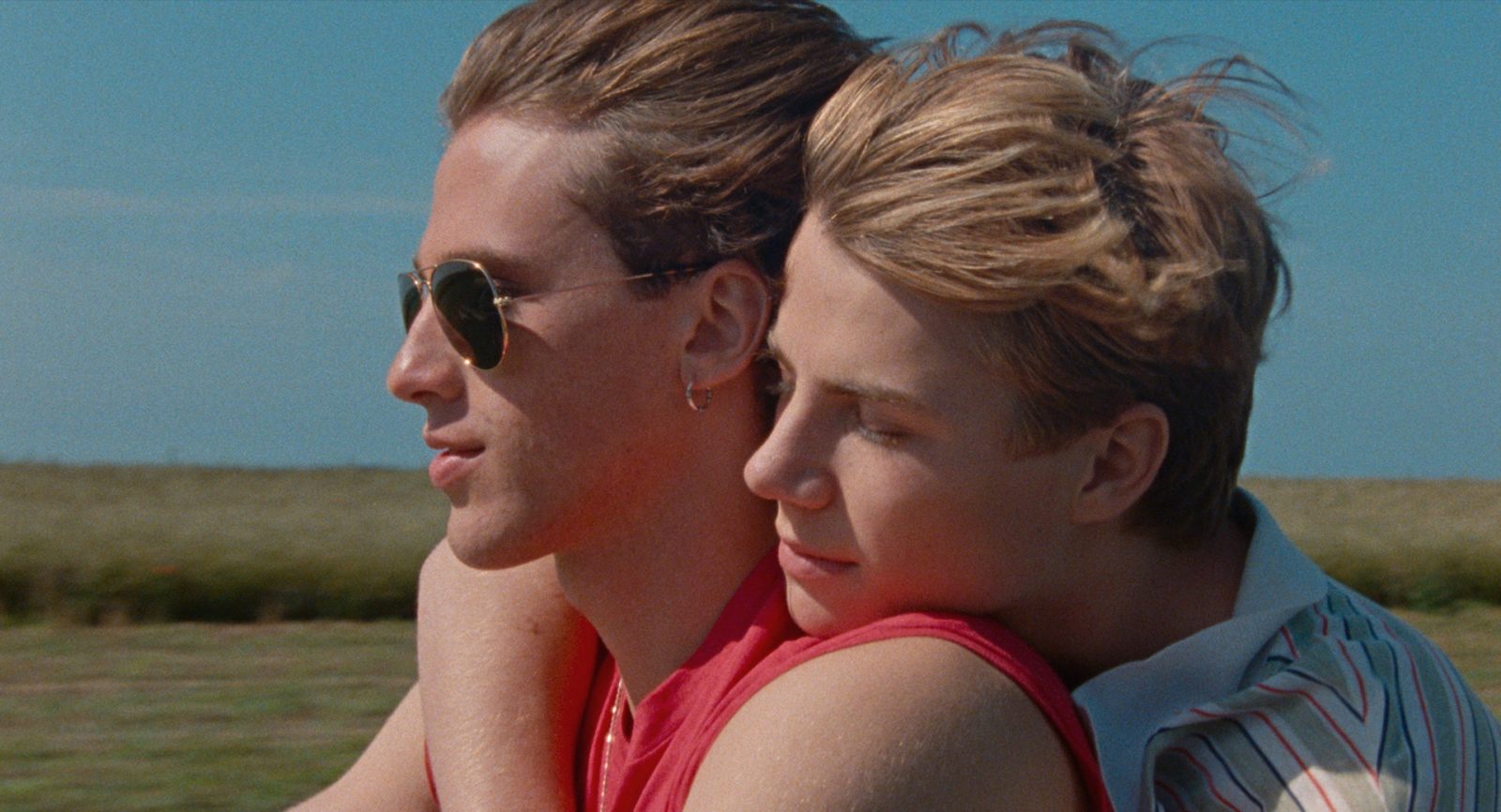
A few months ago Hichame Alaouié received his third Magritte for best cinematography for his collaboration with Oliver Masset-Depasse on Duelles (2018). Further recent credits in his career include the film Convoi Exceptionnel by Bertrand Blier (2019), of a few episodes of the series Le bureau des Légendes (2015-2017), Faut pas lui dire by Solange Cicurel ( 2016), Tokyo fiancée by Stefan Liberski (2014), as well as the cinematography for the magnificent Horses of God by Nabil Ayouch (2012) for which he had also received a Magritte for best cinematography, as well as for Winter last of John Shank (2011). Recently he also shot with one of the biggest names in French cinema: François Ozon for whom he lensed Eté 85, a colorful film about a teenager’s desire for death and love during the summer in Normandy set in the 80s.
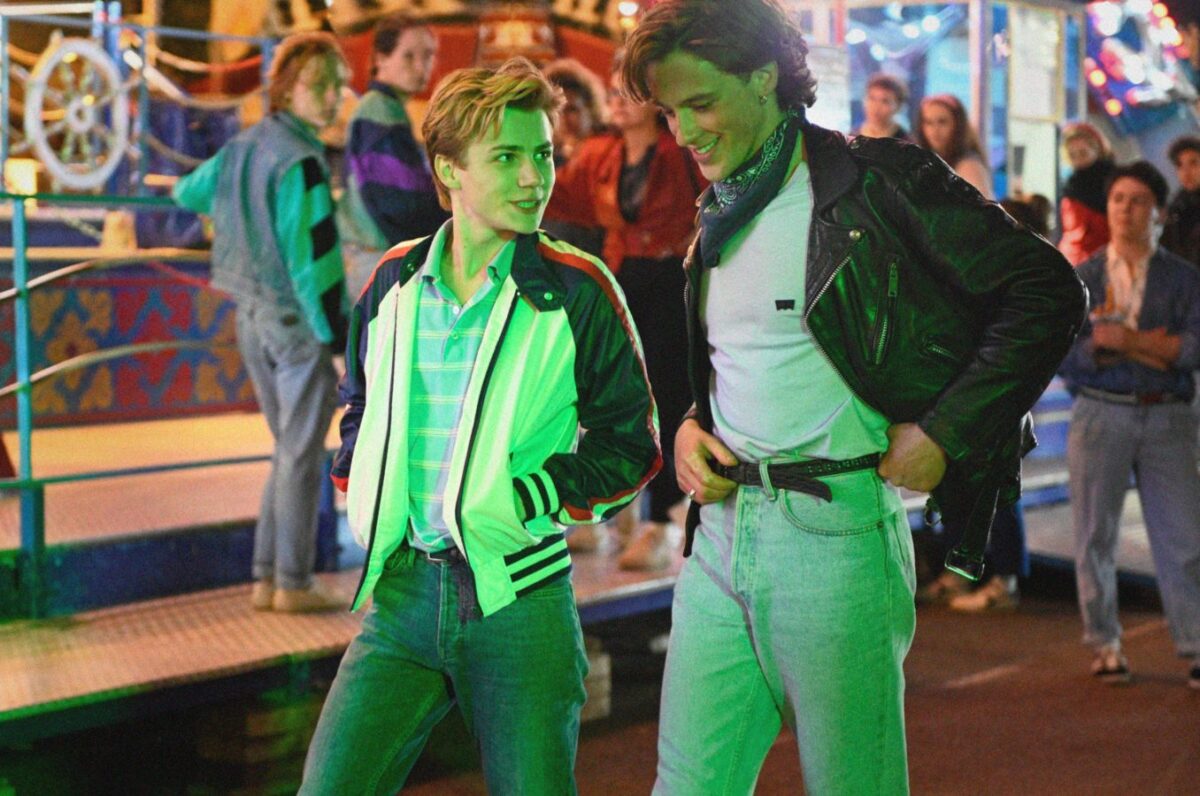
Synopsis: What do you dream of when you’re 16 years old and in a seaside resort in Normandy in the 1980s? A best friend? A lifelong teen pact? Scooting off on adventures on a boat or a motorbike? Living life at breakneck speed? No. You dream of death. Because you can’t get a bigger kick than dying. And that’s why you save it till the very end. The summer holidays are just beginning, and this story recounts how Alexis grew into himself.
Cast: Félix Lefebvre, Benjamin Voisin, Valeria Bruni-Tedeschi, Philippine Velge, Melvil Poupaud. Mandarin production.

This was the first time you’ve worked with director François Ozon. How did this collaboration come about?
HA: François had shot his two previous films with Manu Dacosse, but as he was not available to do this one Manu had put me in contact with François. I was very excited about doing this film as he is a very good director. Eté 85 was not a large film budget-wise because he often switches between doing larger and smaller productions. Even though he had just done Grâce à Dieu which was quite successful in France with a million cinema admissions. Something remarkable for a film on a pedophile in the church. It proves the fact that he’s a great director of actors.

The script was adapted from the English novel by Aidan Chambers called Dance on my grave. Did you read it when you were young?
HA: No. But It was an influential book for François when he was an adolescent. I was only eleven years old in 1985, so a bit too young. But I did experience some of the same references evoked by the film while growing up. Interestingly some of those themes of the film Francois had already explored before in some of his previous films.

How did you prepare for the film?
HA: We started off by reading the script, scene by scene, to get a sense of his ideas on blocking, working in broad strokes: wide shots, tights, any camera movement …etc. In reality, he does his shot lists during the recces and the shoot. Once he likes a location he takes a lot of photos. He then studies them at home and then forwards a selection to certain HODs. As this was the first time I’ve worked with him I wasn’t aware that these photos were in fact the exact shots he wanted to do. He already has the film in his head at this point. He then further explored and developed this shot list during the shoot, which sometimes made things difficult for the crew.
We also prepped a lot at the actual locations, doing several days of camera tests on different film stocks, both 35mm and 16mm, filming the actors in different wardrobe and makeup options. We then looked at the tests in the grading suite to review them.
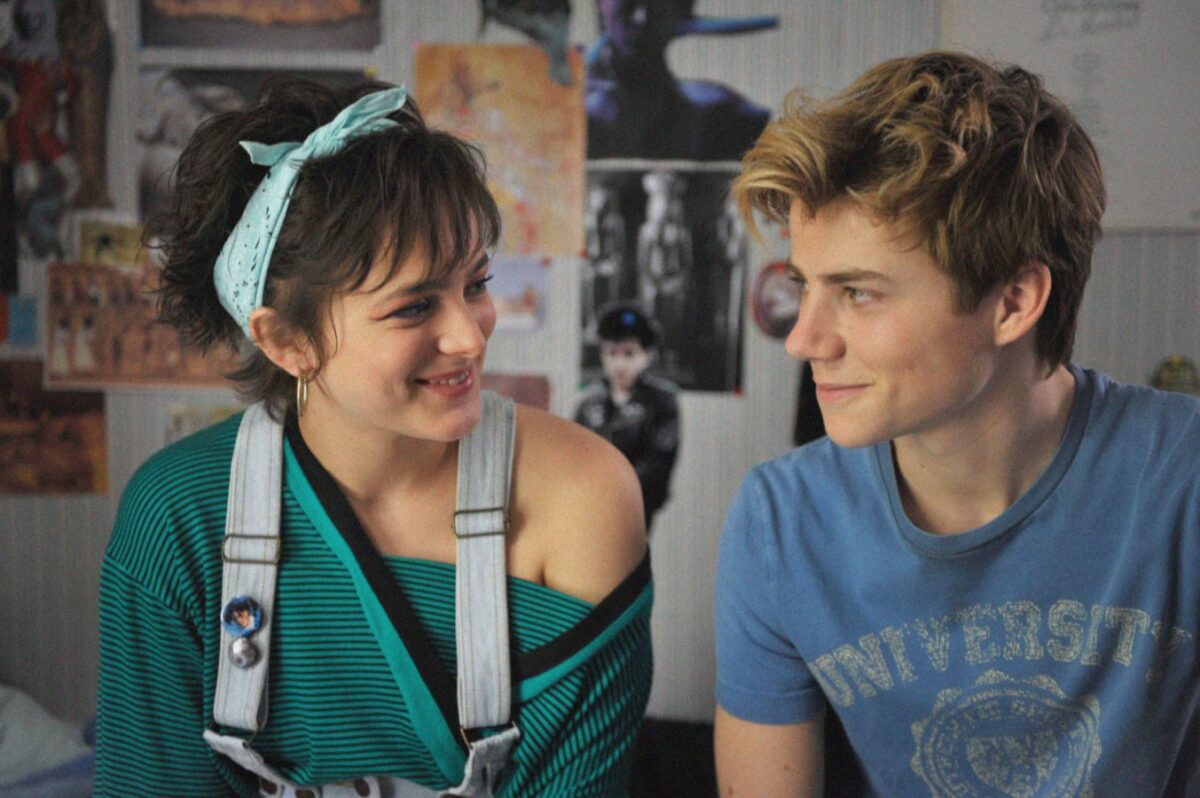
I understand that you shot for 22 days in Normandy in June 2019. Did you shoot anywhere else as well?
HA: We shot some stuff in the outskirts of Paris as well, scenes set in the morgue, a bathroom, or the funfair. We shot six weeks in total.
I suppose that shooting scenes during the summer in Normandy means that the weather becomes a big factor. How did you keep the images looking consistent?
HA: Yes, for sure it was not easy, also for some scenes like when the boat capsizes we not only had to take the weather into account but also the tides. We often had to revise the schedule and we waited a lot on the clouds to clear. Often we even shot 2 versions, one in sun and one in the clouds, so in the edit they could keep the scene consistent. It’s a film set during the summer holidays, so it was important to portray the heat. The hardest thing was for the actors to have to sometimes swim in cold water.

How was it to collaborate with François Ozon, knowing that he operates the camera himself?
HA: It was a peculiar way of working, and one I was not used to. At the start when he told me he would operate I questioned his method. But for him, there was no other way to do the film. He is a director-operator who knows very well what he needs in terms of coverage. So, as a result, he is very efficient and fast. He always uses a zoom lens so that made it difficult for me as well. I had to light it so that the sources were out of shot, both for the wide and close shots at the same time. And as mentioned before he’s very fast, so you don’t have a lot of time to light before he turns over. And he doesn’t do a lot of takes either.

You’ve shot on film. What made you chose this format?
HA: Basically François pushed for it. And I agreed with him. He wanted it to look like the 80s from the get-go. He wanted an image that was pushed to its limits, raw with flaws. So we quickly started investigating to use Super16. Because of its added grain, and for its beautiful color rendering, natural and outspoken. An 80s look that was dirtier and softer than 35mm.
However, we also had some difficult night scenes to shoot like the one at the cemetery, a walk and talk scene in town and on the beach, a cinema, and the funfair. So we chose to shoot these scenes digital because I wasn’t able to light them properly and I did not want to underexpose the S16mm stock too much, as the stock has less sensitivity than digital. Also using the zoom I could not open more than a 2.8 or even a 4…which made matters even more difficult. But in the end, I think you don’t notice it too much going from one format to another as we used them for entire scenes that are far apart in the edit. We never mixed formats within the scenes itself. We obviously worked hard in post to make the digital images look like 16mm by adding grain to it.
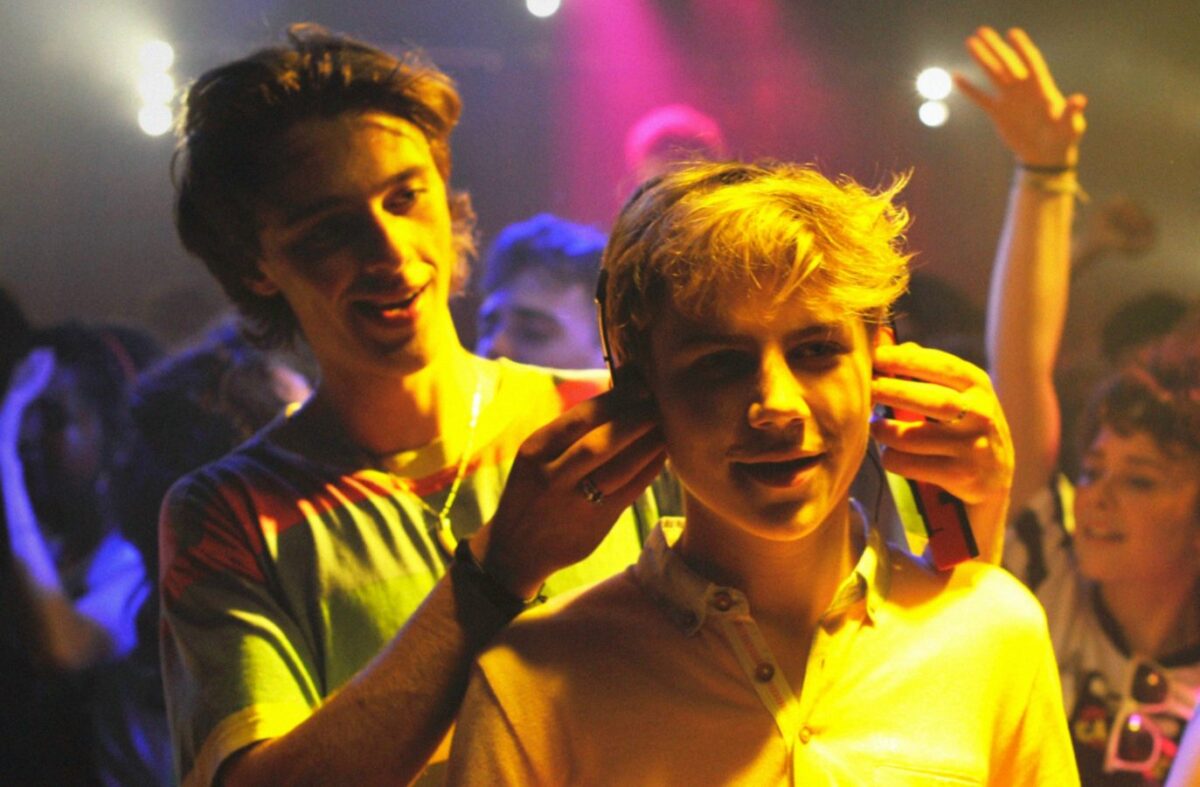
What camera equipment did you choose to work with?
HA: I chose 2 cameras for the 16mm part, an Arri SRIII, and an Aaton XTR prod, as we shot multiple scenes with 2 cameras. Mostly to cover the changing weather and to spare the actors. As a film stock I chose the Kodak 500T and 200T. I did some tests on pushing them 2 stops to add more grain. But surprisingly I came to the conclusion that in the end it did not make it that more grainy. On the other hand you do lose something in the blacks, which become milkier. Particularly at low light levels at night. So in the end I opted to shoot at normal exposure and add grain in post when needed and shoot digital at night. I also tested some 35 mm pushed, but this was still too clean for François. Digitally we used the Alexa mini. And as for lenses we went with two 35mm zooms, a 24-275 primo and a 19-90mm, provided by Panavision.
What lighting equipment did you go for?
HA: My choice in lighting sources is quite classical, but the setups were quite complicated as I had to light mostly from the outside. And having to do setups that worked for all shot sizes.
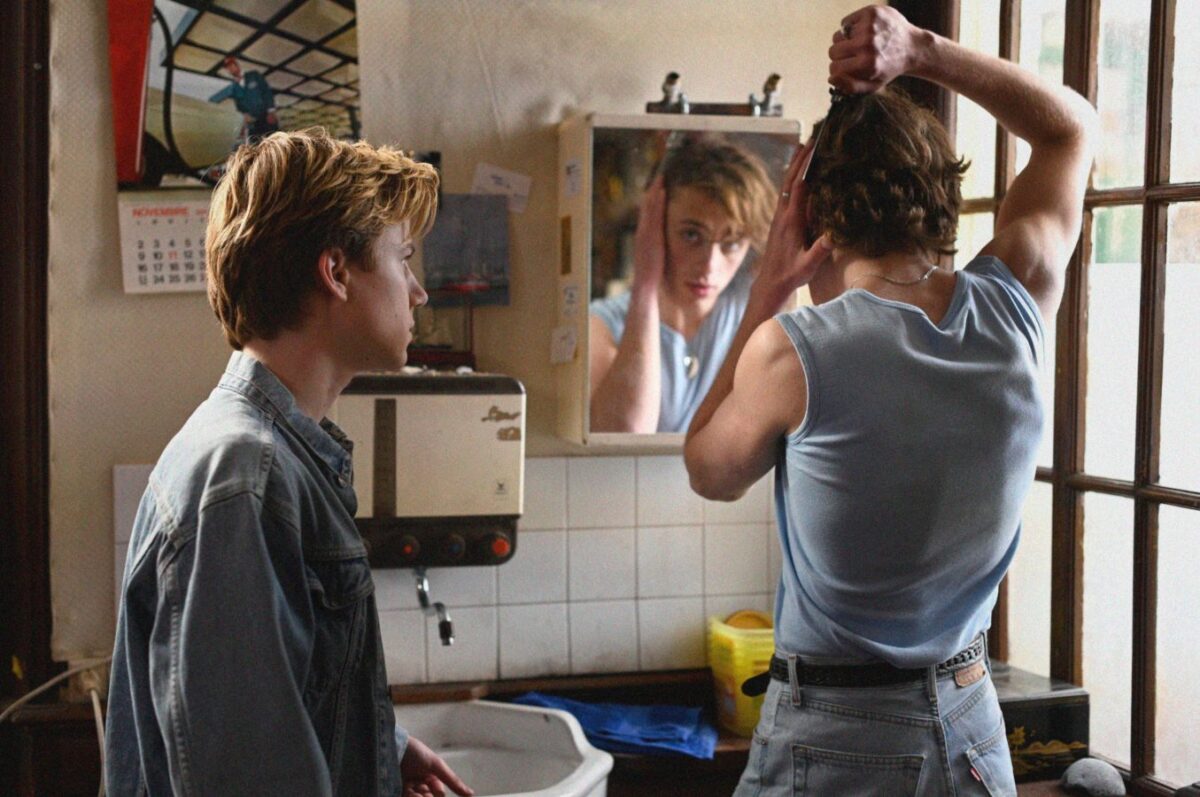
Did you have any other goals for the lighting or framing?
HA: One of our desires was for it to feel sunny, to feel the heat and the feeling of an adolescent summer at the beach. Also, we wanted to establish two time periods: one was the present-day with our main character telling a part of the story, the other was a flashback to a previous summer narrated in voice off. So we took a simple approach for this, juxtaposing the present day with its autumn colors and the past with its summer light.
We shot using 1.85 as our format. Framing wise we mixed static shots with dolly shots and when needed Steadicam operated by Jan Rubens. We also shot 3 scenes off a crane, the opening scene, and two scenes in the cinema.
You mentioned shooting digital for the nights, how did you go about this?
HA: Well we had four big night scenes, each with its own distinct look: a moonlit beach and the colorful and bright lights for the funfair, a scene which in retrospect I could have shot on film. And then there was the vast and dark cemetery, the scene that convinced me in the first place to shoot a mix of digital and film. I always had my reservations about doing this, but it turned out to be a good thing. I used a glimmer glass filter on the Alexa, to bring down the sharpness and to create a kind of halo around light sources, something like what happens when you shoot 16mm. I also shot ProRes at 1600 ASA to soften everything and have similar noise as 16mm does.

How did you shoot the capsizing scene?
HA: We shot it using available light. But there is a shift in the weather in the script as at the start the character is sunbathing on the boat, then falls asleep to awake during the beginnings of a storm. We considered shooting it at the Lites water stage, but in the end, we could not afford it. So we shot it over the course of four different boat trips out on the sea. The trips lasted only two hours each and we shot two cameras from a support boat. We didn’t use any special rigs to shoot on the water. We only used a Wave, a device to keep the horizon level, a tool usually used by Steadicam operators. Thomas Caselli, our AC suggested it to me. The transition from sun to the storm we shot on a green screen in the harbor.
Thomas Caselli is an excellent focus puller, he doesn’t use a remote focus but prefers to be at the camera. And he makes a good team with his loader Antoine Chaveriat. Who had a tough job on this one as we had a recurring technical problem with one of the 16mm cameras. Fog appeared on the negative from the middle of the shoot onwards, it was just out of shot but we never found the cause, despite all the joint efforts of the lab, the rental company, and the camera team. Once we thought we had solved it, it reappeared the next day..a real mystery …
I had done several films with gaffer Jérôme Di Cola, he is great and we get along great. Key grip Antonin Gendre I had never worked with, but he always works with François and they have their own thing on how and when to move the camera.
Richard Deusy was the colorist and it was my first time with him. I did the tests with him before the shoot and we discussed a way to treat both formats. Studio L’équipe handled the development and scanning, M141 in Paris did the grading.

And how was your collaboration with the other heads of department ?
HA: Very good. Francois uses the same team most of the time, starting with line producer Aude Cathelin, script supervisor Lydia Bigard, sound engineer Brigitte Taillandier, costume designer Pascline Chavanne, and makeup designer Nathalie Tabareau. I was the new kid on the block but François works like a real conductor, he connects people but is also very demanding. I had a good collaboration with the other HODs but in the end, we all serve the director’s singular vision.
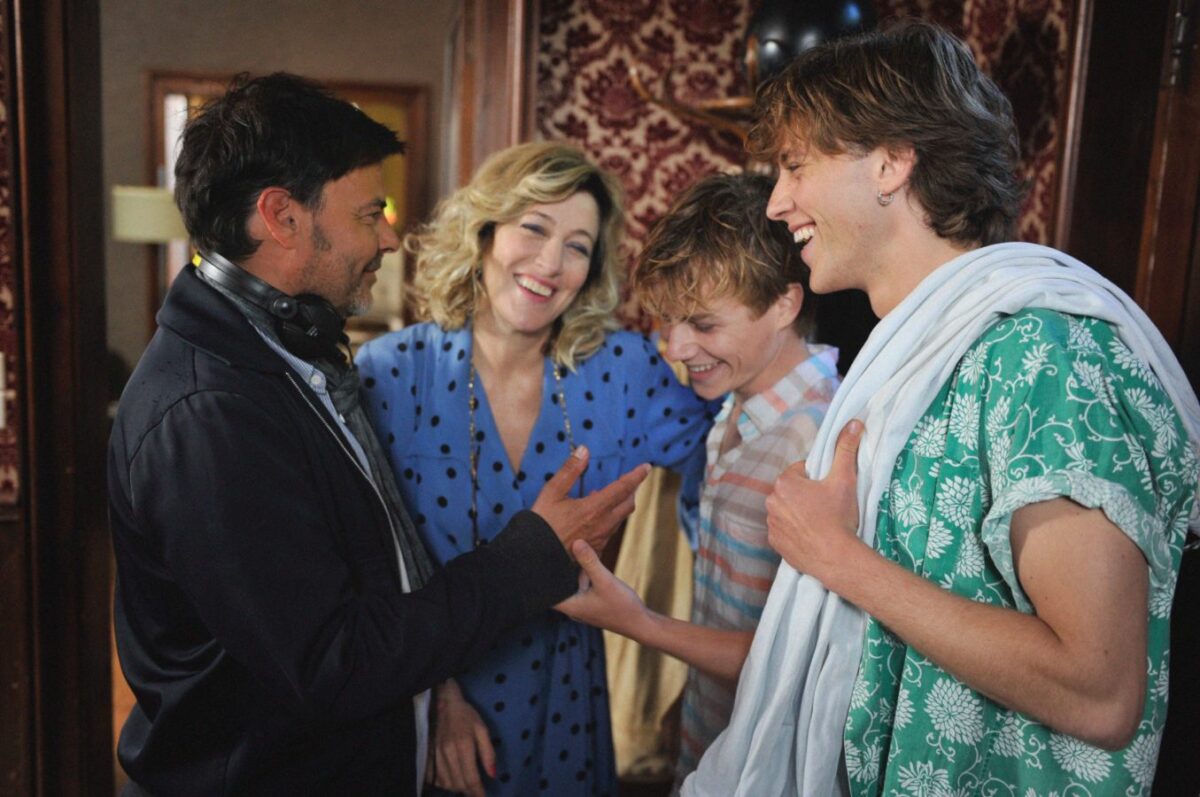
How was it to work with this very heterogeneous cast that included Félix Lefebvre, Benjamin Voisin, Philippine Velge, Valeria Bruni-Tedeschi, Melvil Poupaud and Isabelle Nanty?
HA: The young ones were all unknowns, but they did a good job both of them, also because François is such a good actors director. He guides them to get what he wants and is not afraid to ask them to do difficult things and to push them to their limits. He also surrounded them with seasoned actors. It has been a great pleasure to work with all of them.

